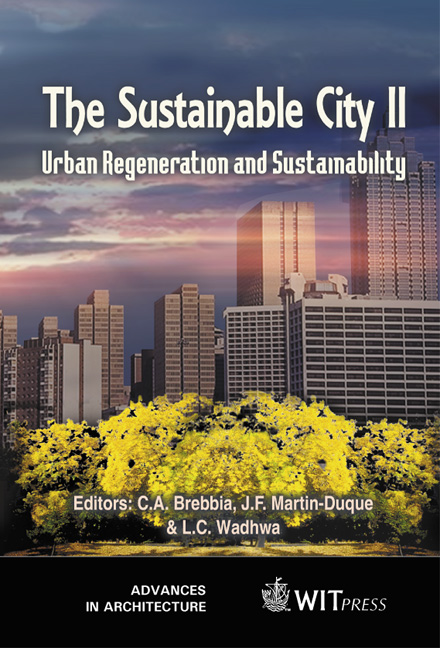Self-organization As A Resource For A Sustainable City Planning
Price
Free (open access)
Transaction
Volume
54
Pages
Published
2002
Size
620 kb
Paper DOI
10.2495/URS020111
Copyright
WIT Press
Author(s)
R M Pulselli, S Bastianoni & E Tiezzi
Abstract
A city can be studied as a complex system. The no-linear interactions between its structural elements, the multiplicity of decision makers and times-scales, its structure based on many levels of organization, its openings to the outside, its irreversible dynamics, are features peculiar to a complex system. Some definitions of natural sciences, from the theory of dissipative structures to the concept of adaptive complex systems, could be extended to the idea of city. Actual processes of globalization, of technological progress, of spatial organization by networks, make uncertain the object-city. Its territory looks like dematerialized. It’s more and more difficult to define an urban system and the validity of its boundaries. It’s often dubious even its being a system because of the lack of integration between its parts (sub systems). The indiscriminate aggrandisement of towns, the excesses of functional zoning that separate urban activities, the deficiency of communicability, ate diseconomies to race against. The efficiency of organism-city increases according to levels of integration between its parts and between itself and the outside. What especially we take care is evaluating the city’s capability of self- organization, investigating how external actions can suggest this kind of adaptive processes, how efficiently we can direct them toward a structural shape. It strongly emerges the necessity of defining a sustainable model of city development, a kind of projected heterorganization, that means improving cooperations between planning acts from the top and self-organization processes from the bottom. Complexity and multidimensionality are not a defect to delete
Keywords





